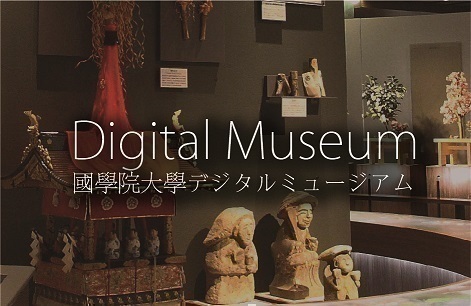- トップ
- Encyclopedia of Shinto
- Ōyama Tameoki
Encyclopedia of Shinto
| Main Menu: | |
| Links: |
詳細表示 (Complete Article)
| カテゴリー1: | 8. Schools, Groups, and Personalities |
|---|---|
| カテゴリー2: | Personalities |
| Title | Ōyama Tameoki |
| Text | (1651-1713) Proponent of Suika Shintō during the mid-Edo period. Born in 1651 in Ii District, Yamashiro Province (present-day Fukushima Prefecture) as the third son of Matsumoto Tameyoshi, priest (kannnushi) at the shrine Inari Jinja in Fushimi, Kyoto. At the age of three, Tameoki was adopted by Ōyama Masayasu. However, he returned to his original Matsumoto lineage and name at thirteen years of age in order to take charge of the hereditary family post of kagura azukari (priest in charge of sacred shrine dance). In 1680, Ōyama submitted a written oath to Yamazaki Ansai (1619-1682), pledging his allegiance to his form of Shinto. When Yamazaki died suddenly two years later, Ōyama joined Izumoji Nobunao (1650-1703) and Nashinoki Sukeyuki (1659-1723) in promoting Ōgimachi Kinmichi (1653-1733) as Yamazaki's rightful successor in Suika Shintō, and thus became Ōgimachi's supporter. In obedience to the will of his adoptive father, Tameoki left the Shinto priesthood (shinshoku) in 1686 and entered the Ōyama household once more, taking the epistolary name Isui. The following year, he was invited by the lord of the Iyo Matsuyama Domain (in present-day Ehime Prefecture) to become priest at the local shrine Umasakesha, a position he received by virtue of his closeness to Ōgimachi Sanetoyo (the father of Ōgimachi Kinmichi). In this position, he engaged in propagating Shinto teachings in the region. On the anniversary of his stepfather's death in 1711, Ōyama erected a shrine called Isui Reisha Konton no Miya within the precincts (kedai) of the Umasakesha, dedicated to the service of his own divine spirit (konpaku). He left Matsuyama the same year, returning to Kyoto to open a private academy called the Isuiken. He died on the seventeenth day of the third month of 1713 at the age of sixty-three, while reciting the text of the Nakatomi no harae (a central document of Suika Shintō). He was the author of Umasake kōki, Shokugenshō, Tamairoi, Shizoku iro wa kagami and Yui'itsuron, among other works. —Nishioka Kazuhiko |




